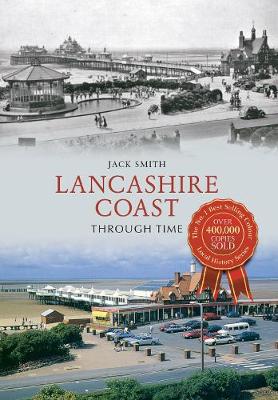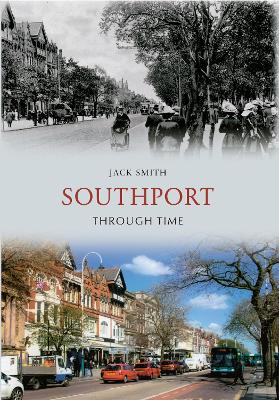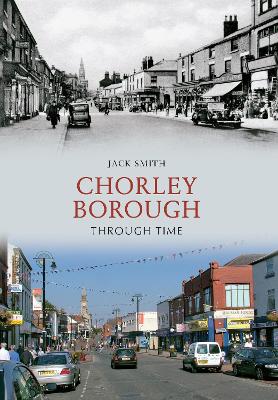Through Time
3 total works
Stretching from the Ribble Estuary to the River Kent, the Lancashire coast provides both spectacular views and glimpses of the county's industrial heritage. As the Industrial Revolution took hold in the eighteenth and nineteenth centuries, Lancashire flourished, producing over 80 per cent of the world's cotton. People flocked to the county's beautiful coastline, and towns like Lytham St Annes, Blackpool and Morecambe became popular coastal resorts.
Although much has changed over the years, Lancashire's coastline still retains many of its traditional features. In Lancashire Coast Through Time, local historian Jack Smith charts these various developments and brings together a comparative collection of old and new photographs. Join the author as he delves into the history of the towns and villages along this picturesque coastline, showcasing its many points of interest and awakening treasured memories.
Although much has changed over the years, Lancashire's coastline still retains many of its traditional features. In Lancashire Coast Through Time, local historian Jack Smith charts these various developments and brings together a comparative collection of old and new photographs. Join the author as he delves into the history of the towns and villages along this picturesque coastline, showcasing its many points of interest and awakening treasured memories.
This fascinating collection of photographs shows how Southport has changed over time. Drawing on his own extensive collection of local picture postcards and memorabilia the author has selected photographs which illustrate not only the town centre itself but also many of the surrounding areas of the town. The sequence of images takes the form of a journey through the borough, and contrasts old and new images to offer a unique historical perspective on the town. As you browse through the photographs, you will notice the increase in the number of vehicles on the roads. Jack Smith's choice of photographs also cover a wide range of subject material including people at work and play as well as views of the street and buildings in which they lived. This book will appeal to all who know the famous town either as a home or as a favourite place to visit.
Located on the eastern edge of the Lancashire plain on the banks of the River Chor, at the centre of a rich agricultural area, Chorley was a market town from medieval times. This beautifully presented book depicts the growth and prosperity which arose with the Industrial Revolution, through juxtaposing old and new images of streets, buildings and people. Jack Smith has carefully selected this unique selection to reflect the effect that history has had on this typical English town.The photographs feature aspects of industry such as cotton weaving and spinning; coal mining and quarrying; and canal and railway links. Images showing the development are accompanied by changes in costume and custom, transport and trading, sport and entertainment. The captions will help the reader understand how all this contributed to the rich history of Chorley, and ensure that the book will be essential for residents and visitors alike.


